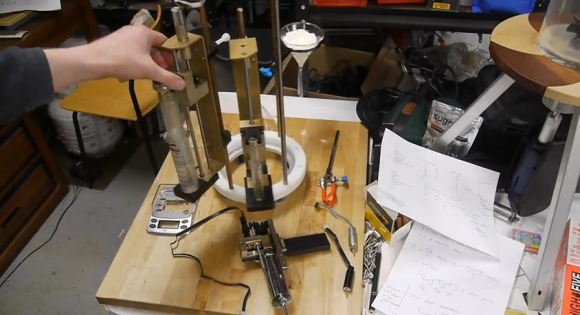Earlier this week I saw a video that was showing how some guys made some really cool bullet time effects with 15 tiny rugged awesome cameras called “GoPros”(that wasn’t a paid endorsement, they’re awesome). For those unfamiliar, the bullet time effect gained popularity from the first matrix movie. The footage slowed down to slow motion while [Neo] dodged some bullets, but the camera was still able to move around. To do this, they built a massive circular rig and mounted tons of cameras all around. Using these multiple angles, they were able to stitch together the scene in slow motion and “move” the camera.
















Recent comments